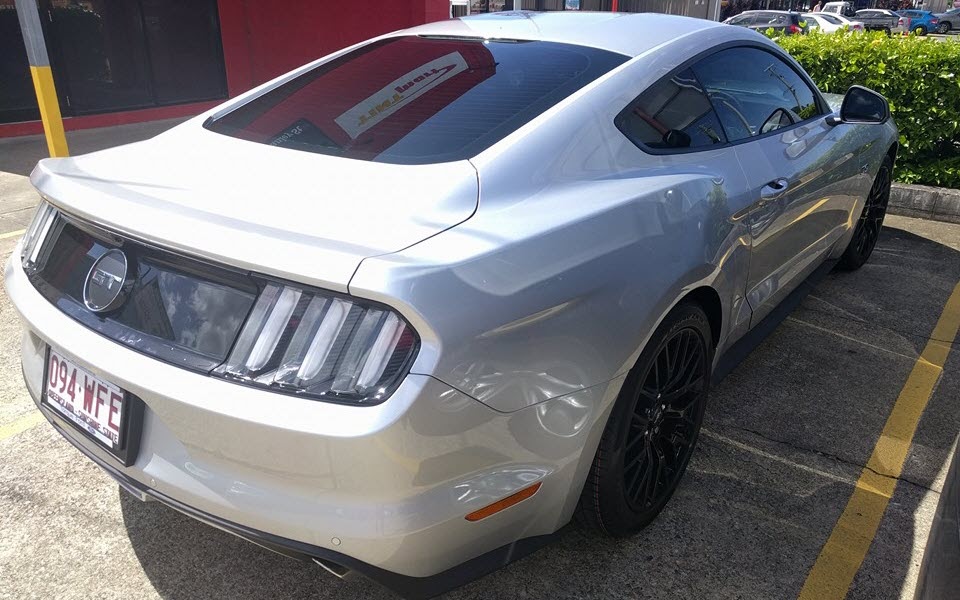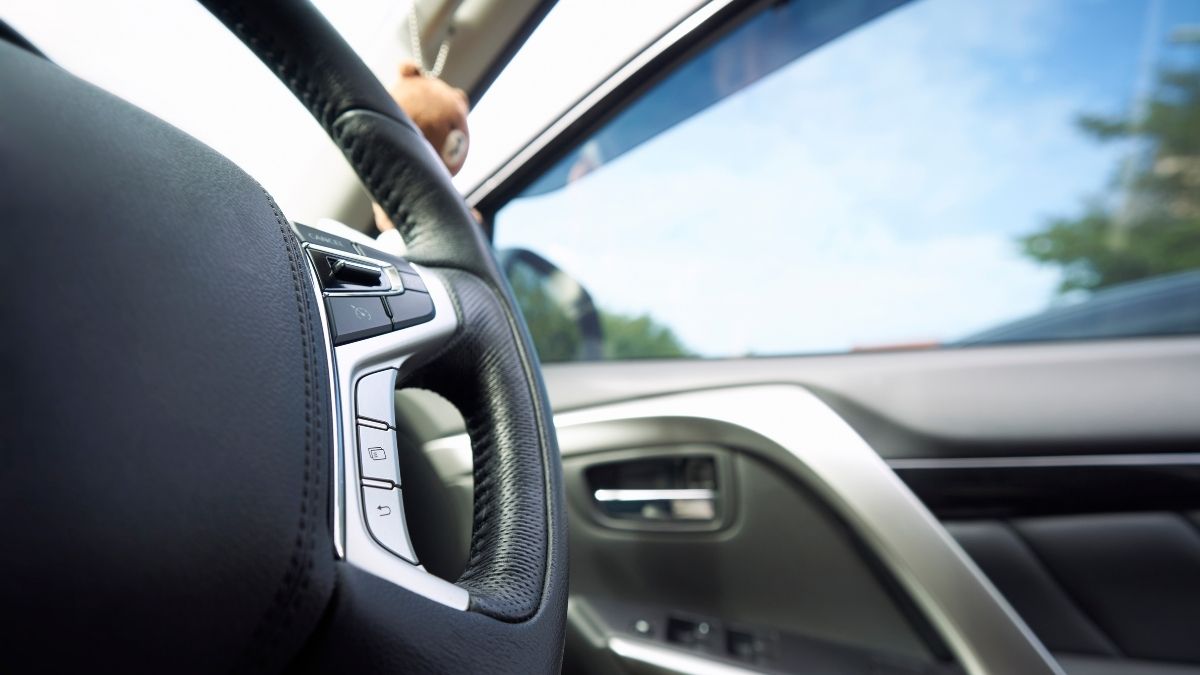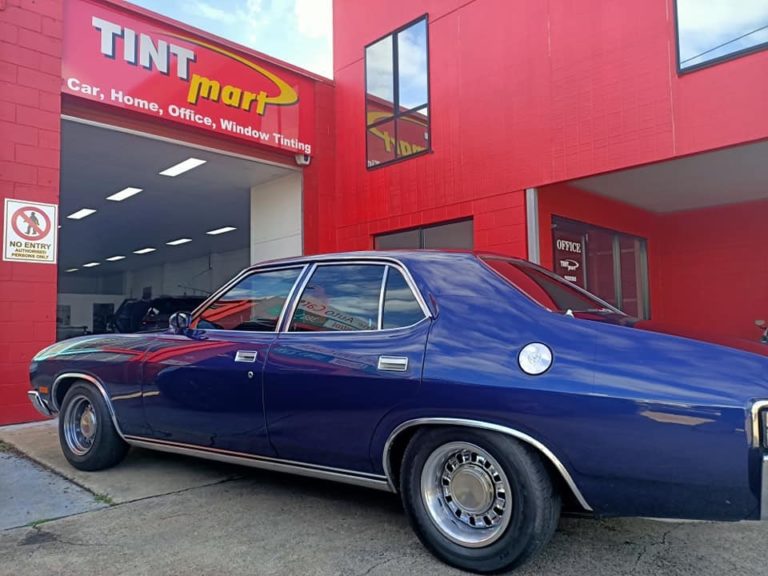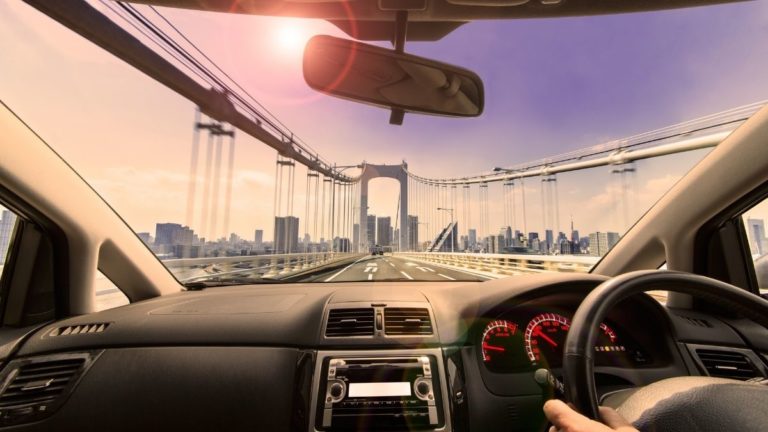Tinted Car Windows Pros And Cons: An Easy Guide
Car window tint is a hot topic to say the least. But it’s not just about whether you prefer darker windows.
There are many factors in deciding whether or not it’s right for your vehicle or your home – so let’s take a look at both sides of the tint!
You might be considering car window tint because you want to keep cool during those dog days of summer (or just don’t like sunburn).
While this may seem great when we’re talking about keeping things cooler inside and safeguarding your privacy – remember what happens if you get pulled off by a police officer?
Yes; you need to comply with ALL local regulations, not just for the area where you live, but also all the areas you frequently visit.
When deciding whether to tint your car windows, the struggle is real. Here are all the pros and cons so you can make an informed decision!
Tinted Car Windows: Pros

Full disclosure before we begin: we are NOT talking about personal preferences here.
Some people like lowering the blinds at home while others prefer a big, light room with lots of sunlight. Who are we to judge on that?
Same goes for car window tints!
Less Glare
Sunsets are a marvelous thing. But we have yet to meet a driver who has never complained about the glare coming from those slanted sun rays late in the afternoon.
Too much beauty can harm!
Unless you have a tinted windscreen, of course. Even if only the top 10% of it is tinted (which is, after all, the only way to do it in Australia), it will help you actually SEE the road in front of you.
It’s not all about the sun though.
You know how another car’s headlights can blind you when they reflect in your rearview mirror? A tinted front side window can help deal with that.
No UV Rays!
When you have tinted car windows, ONLY 1% of the sun’s UV rays will make it in!
That’s almost 0% risk of sunburn.
But you are not the only thing that matters in the car.
There’s upholstery too! And you know how they can fade away when constantly exposed to sunlight.
It’s not even the worst thing that can happen. Your plastic dashboard may even crack if you leave your car to bask in the sun frequently.
So, tinted windows translate to a cooler driving experience – and a happy wallet.
It Gets (Much) Cooler
UV that we mentioned above is only one aspect of a hot climate’s charms.
Infrared is another. And while UV burns your skin, Infrared is what makes your car hot as hell itself!
That’s less air conditioning required, but also no flash burns when you touch the dashboard.
It Gets More Private
Not everyone will need privacy in their car, but it never hurts to have some! Especially with all kinds of opportunistic thieves out there, who are always on the lookout for another catch.
We’re not saying that a window tint will stop them entirely, but it may act as an extra layer of deterrent.
It’s Safer
You know how car windows tend to shatter all over the place in case of an accident?
We sincerely hope you don’t know it first-hand! Still, the car window glass is designed in such a way so that it doesn’t burst into shards but small, almost round pieces that are less likely to hurt a person.
The tint is a thin film, but it’s strong enough to hold those tiny pieces of glass together and prevent them from hurting you.
Tinted Car Windows: Cons
Not everything is sunshine and rainbows when it comes to tinting your windows!
So let’s see what lies on the other side of the coin.
Night Vision, Anyone?
Not everybody drives at night. But for those who do it often, visibility might be an issue, depending on your tint’s VLT (Visible Light Transmitted) percentage.
A lower VLT means less light making its way through the window.
While less light can be very comfortable on a hot and glaring summer afternoon, it’s much less so at night or on a road full of tunnels.
It’s not a reason NOT to tint your windows, though. Opt for a lighter tint and you’ll be fine!
Complying With (All) the Laws
Not all states and territories have uniform or even similar regulations of window tinting.
So the logical thing is to do careful research BEFORE tinting your windows.
However, your homework isn’t finished here. Depending on how often and far away you travel in your car, you’ll have to check other areas’ restrictions too!
Since you can never know what life has in store for you and where it may take you, it’s best to go with the lowest tint level that’s acceptable across the country:
- 35% VLT for front side windows
- 20% VLT for rear and back side windows
- No windscreen tint (up to top 10% of the surface is allowed anywhere except in WA)
- No reflectivity (up to 10% reflectivity is allowed everywhere except in NSW)
We know what some of you are thinking right now.
“I’ll tint my windows to my heart’s content. After all, what’s to stop me from removing the tint if need be?”
Think again! While removing the tint is NOT impossible, it’s not an easy or smooth process either!
Do It Right Or Don’t Do It at All
DIY-ing your window tints is not for the faint of heart.
It requires much patience and meticulousness.
Do it right, and it will make your life easier for years to come. Do it wrong, and you’ll have to waste tons of time on removing it and doing it all over again.
But how do you know your window tint isn’t done right?
It’s simple! You’ll notice that it bubbles and/or peels off.
Frequently Asked Questions on Tinted Car Windows Pros and Cons
Is 5% tint a good idea?
Absolutely not. A 5% tint would block out a whopping 95% of the light.
Not only is such a dark tint illegal in all of Australia, but it would be very dangerous too, even in broad daylight.
Which is better: ceramic or carbon tint?
Carbon tint will do a great job in blocking out the UV light, but it won’t deal with Infrared nearly as well. On the other hand, ceramic tint performs equally well in both departments. So, the answer is: ceramic!
You can go for ceramic tint even if you opt for a DIY tint kit. It’s a newer technology, but it’s only a wee bit more expensive than carbon.
Can you wash your car after applying window tint?
Yes – if you’re only washing it from outside. Your window tints will live on the inside, so that’s the area to avoid for at least a few weeks, until the adhesive dries up completely.




